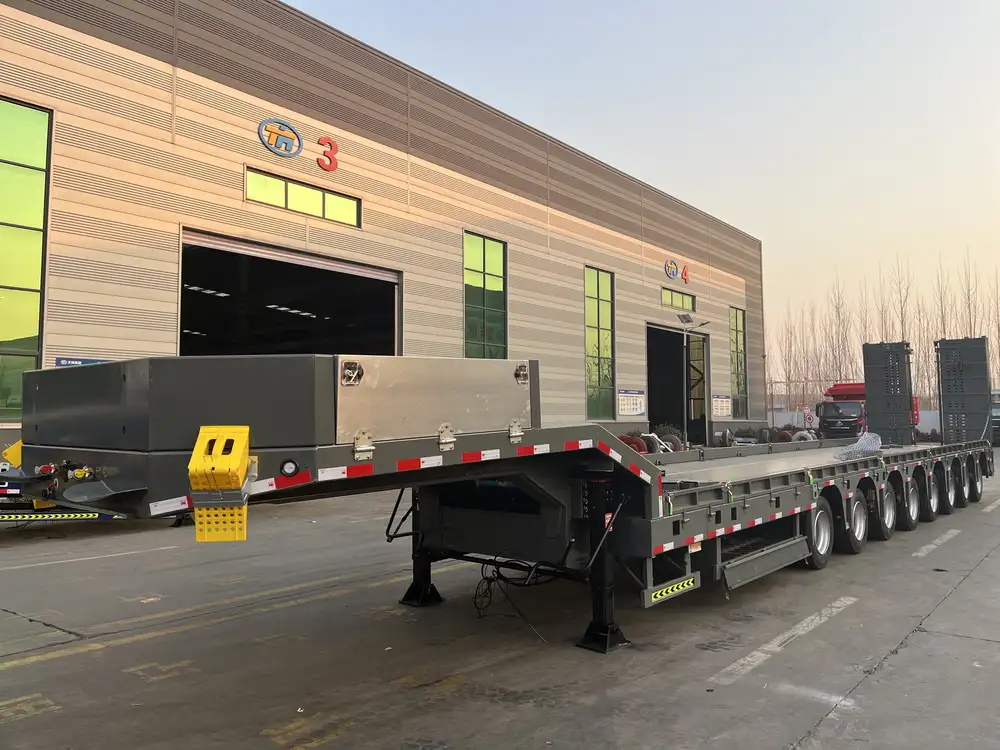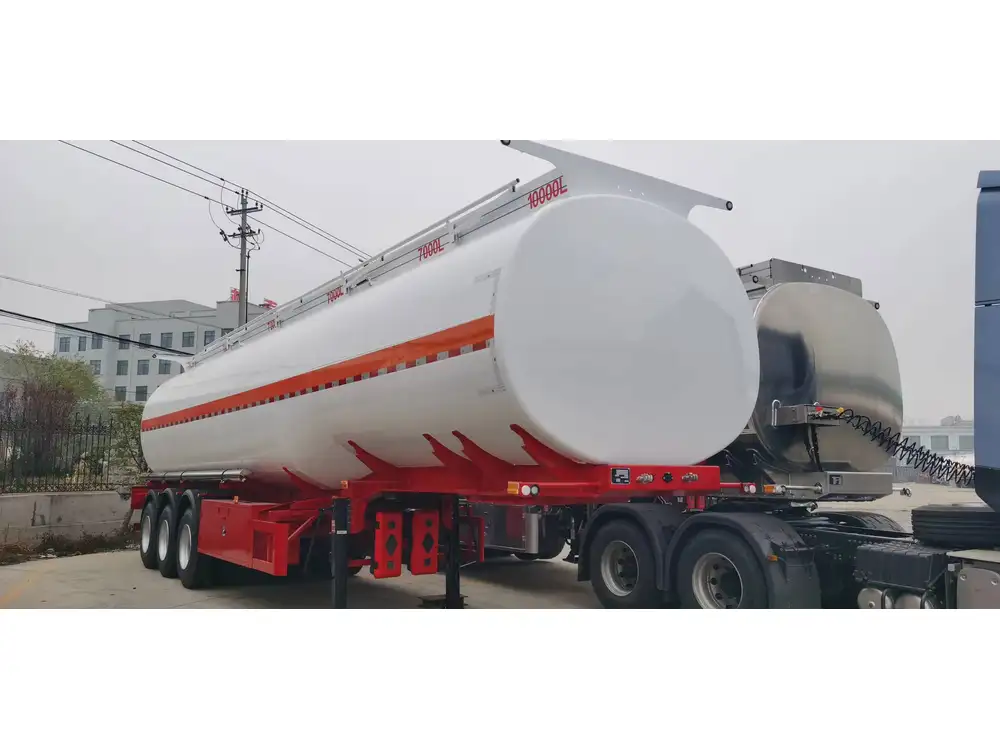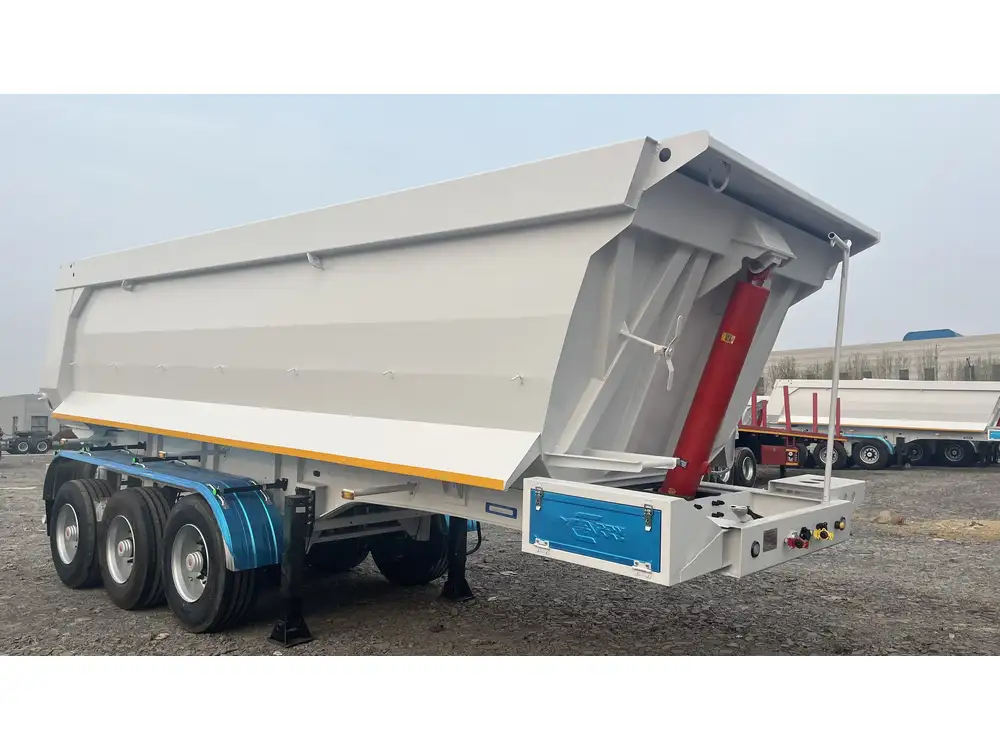Loading a travel trailer onto a flatbed trailer can seem daunting, but with the right approach and understanding of the method, it can be executed smoothly and safely. This guide provides detailed steps, tips, and essential precautions for ensuring the successful loading of your travel trailer onto a flatbed trailer.
Understanding the Necessity of Proper Loading Techniques
When it comes to transporting a travel trailer, ensuring proper loading and securing is paramount. Failing to load the trailer correctly can lead to various issues, including shifting during transport, potential damage to the travel trailer, or even accidents on the road. Thus, it is vital to comprehend how to manage weights, balance loads, and utilize appropriate equipment.
Why Load a Travel Trailer on a Flatbed Trailer?
- Increased Stability: Flatbed trailers often offer better stability compared to traditional tow vehicles.
- Flexibility: They allow for transporting multiple vehicles or equipment simultaneously.
- Accessibility: Flatbed trailers provide unrestricted access to the trailer during loading and unloading.

Step-by-Step Loading Process
Step 1: Gather Necessary Equipment
Before beginning the loading process, ensure you have the following equipment on hand:
- Flatbed Trailer: Ensure it is suitable for the length and weight of your travel trailer.
- Loading Ramp: A sturdy ramp is necessary to allow the trailer wheels to ascend smoothly.
- Tow Straps and Chains: Essential for securing the trailer during transport.
- Safety Gear: Gloves, goggles, and sturdy footwear are recommended.
Step 2: Prepare the Flatbed Trailer
Inspect the Flatbed:
- Ensure the flatbed trailer is in good condition and free from rust or damage.
- Check the tires for appropriate pressure and wear.
Position the Trailer:
- Park the flatbed trailer on a level surface to prevent any unwanted shifts during the loading process.
- Engage the brakes on the flatbed trailer to lock it securely in place.

Step 3: Position the Travel Trailer
Aligning the Travel Trailer:
- Drive the travel trailer towards the flatbed trailer while ensuring a straight alignment for smooth loading.
- Ensure that you have sufficient space around the flatbed trailer for maneuvering.
Step 4: Use the Loading Ramp
Setting Up the Ramp:
- Place the loading ramp securely against the flatbed trailer, ensuring it is stable and with sufficient weight capacity.
- Verify that the ramp is adequately positioned, with no gaps between the ramp and the flatbed to prevent the wheels from slipping.
Loading the Trailer:
- Slowly drive the travel trailer onto the ramp and flatbed while maintaining a low speed.
- Keep your weight distributed evenly when ascending to avoid tipping.
Step 5: Secure the Travel Trailer
Utilizing Tow Straps & Chains:
- Once the travel trailer is entirely on the flatbed, use tow straps and chains to secure it.
- Place straps over the frame of the trailer, ensuring they are tight but not overly so to avoid transmission of stress to the trailer itself.
Final Checks:
- Double-check all connections and ensure the trailer is stable.
- Perform a visual inspection to confirm there are no obstructions or unsecured items.

Tips for a Successful Loading Experience
- Practice makes perfect: If you’re new to loading trailers, consider practicing on a smaller scale before attempting with larger trailers.
- Enlist Help: Have someone assist you with guiding the trailer and helping with straps during the loading process.
- Take Your Time: Rushing can lead to mistakes. Focus on doing each step carefully and methodically.
Safety Precautions
- Wear Protective Equipment: Always ensure you are wearing gloves and sturdy clothing to protect yourself from accidental injuries.
- Ensure Stability: Before driving up the ramp, verify that it is stable and securely placed to avoid slips.
- Check Weight Limits: Always be aware of the weight capacity of both your travel trailer and flatbed trailer.
Common Issues When Loading a Travel Trailer

Problem 1: Insufficient Ramp Angle
When the angle of the ramp is too steep, this can lead to wheel slippage or the potential for the trailer to tip over. Ensure that ramps with adjustable angles are utilized whenever necessary to achieve a gentle incline.
Problem 2: Weight Distribution Imbalances
Improper weight distribution can result in difficulties during transport or handling on the road. Always aim for a balanced load by positioning heavier items toward the front of the trailer.
Problem 3: Inadequate Securing Measures
Failing to properly secure your travel trailer can result in it shifting during transport, leading to damage or accidents. Go beyond basic securing straps; consider using wheel chocks and additional securing mechanisms to ensure everything stays in place.

Comparison of Loading Methods for Travel Trailers
| Method | Pros | Cons |
|---|---|---|
| Using a Flatbed | High stability, flexibility for additional loads | Requires a larger vehicle to transport the flatbed |
| Conventional Towing | Lower initial setup cost | Less stability on bumpy roads |
| Tow Dolly | Easier maneuverability, compact design | Limited weight capacity and size restrictions |
Conclusion
Loading a travel trailer onto a flatbed trailer requires careful planning, the right tools, and a step-by-step approach. By adhering to the procedures outlined in this guide, you can ensure that your travel trailer is loaded efficiently and safely. This ensures that your journey, whether it’s a short trip or long-haul transport, will remain uneventful and enjoyable.
Whether this is your first time or if you are a seasoned transporter, the intricacies of loading travel trailers can be mastered with the right knowledge and preparation. As manufacturers of semi-trailers, we understand the critical nature of effective transportation solutions. If you have any further inquiries or require assistance about flatbed trailers, do not hesitate to reach out for expert guidance. Safe travels!



